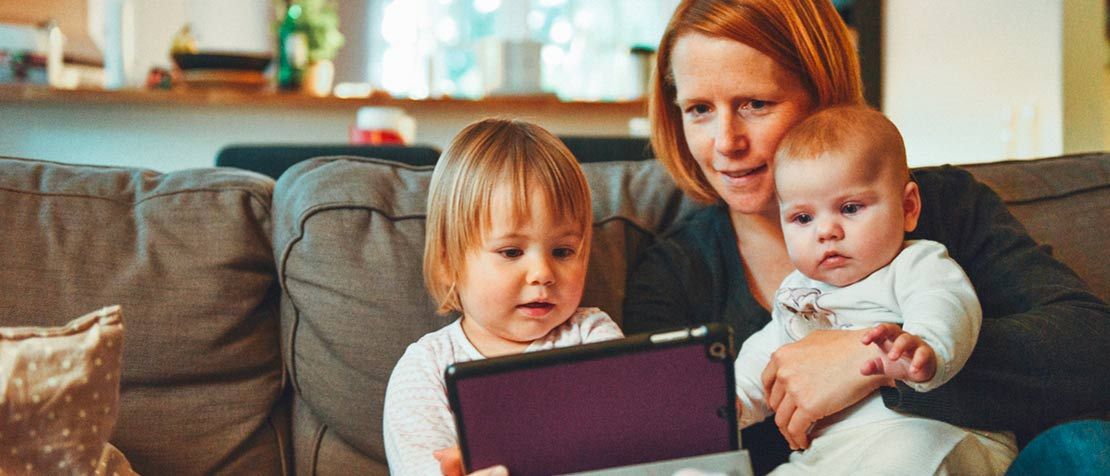
In the response to COVID-19, children are key and part of the solution
The Agenda for Action launched by eight United Nations entities this week, places children’s protection from violence as top priority for Governments and provides concrete recommendations to safeguard children’s well-being.
Increasing risks of violence
With 60 per cent of all children worldwide living in countries where a full or partial lockdown is in place, the worldwide closure of schools has no historical precedent. 188 countries have imposed countrywide closures, affecting more than 1.5 billion children and youth.
RELATED: COVID-19: Here’s how some countries are addressing the digital education divide
For these students, days turn into weeks, and weeks are turning into months of isolation.
Confinement measures and the disrupted provision of already limited child protection services exacerbate the vulnerability of children to various forms of violence.
RELATED: COVID-19: 7 key ways to keep children safe online
These include violence and abuse within their circle of trust, physical, emotional and psychological violence, mistreatment and neglect, gender-based violence, sexual exploitation, as well as on-line violence and abuse.
Children who are already vulnerable – including poor, refugees, migrants, children living on the street, internally displaced children, children deprived of family care and deprived of liberty, children living in conflict affected areas – are highly at risk to be victims of violence, exploitation, social exclusion and discrimination.
The challenges of life online
While many children and young people thrive online, many others don’t have the means to connect with the outside world.
It is therefore critical to ensure accessibility and affordability of internet access to children, especially in places under lockdown to provide education, peer-to-peer engagement and public information on COVID-19, which is a substantial part of the response to maintain children’s learning, support and play.
The ICT industry is uniquely placed to prevent and mitigate violence against children online.
Possible measures include financial packages to improve connectivity, data packages and telecommunications subsidies, lending devices and providing technical support hotlines.
While children spend more time online, so do predators. Europol found that law enforcement partners are reporting “increased online activity by those seeking child abuse material,” due to increasing opportunities for offenders to engage with children whom they expect to be more vulnerable due to isolation, less supervision and greater online exposure.
The ICT industry is uniquely placed to prevent and mitigate violence against children online and do more to support the principle of safety-by-design, to be further proactive in detecting, blocking and removing illegal material on their platforms, and to report promptly and collaborate fully with law enforcement agencies and hotlines.
In addition, the industry should make additional investments in sustainable and proactive prevention, by providing child sensitive information, producing guidance and tools for children, parents and carers, and by establishing safe platforms where they can express their views and share child-led and peer-to-peer initiatives
Children leading the way out – informing, listening, empowering children
On other hand, children are innovative, surprising the world with new ideas and forging ways out of this crisis.
Children groups are using digital technology to support each other, exchange and share information. From South America to Asia children are meeting online, exchanging views and identifying gaps in government responses. In South Asia, for example, some children have produced videos with advice on COVID-19 measures.
While many children and young people thrive online, many others don’t have the means to connect with the outside world.
Children and young people will no doubt face a new different reality after the crisis and their future seems uncertain, therefore they will have to be part of the solution.
RELATED: COVID-19: How students view the sudden shift to online learning
It is vital that governments across regions provide opportunities for children’s views to be heard and taken into account in decision-making processes on the pandemic, through consultation and dialogue.
We are all in this together, children included.
The global health and socio-economic crisis caused by COVID-19 will have implications on all layers of the protective environment around children and this will undermine the progress of SDG 16 as well as other related SDGs.
It is vital that governments across regions provide opportunities for children’s views to be heard and taken into account in decision-making processes on the pandemic.
A global crisis calls for a global response. Solidarity, multi-stakeholder cooperation and multilateralism are needed now more than ever.
This calls for strong mobilization of governments, bilateral/multilateral donors, civil society and private sector to ensure children are duly protected and will have the possibility to thrive and reach their full potential, when this crisis will be over.
We, all together, must ensure children are included in all COVID-19 response and recovery decisions, so that no child is left behind.
